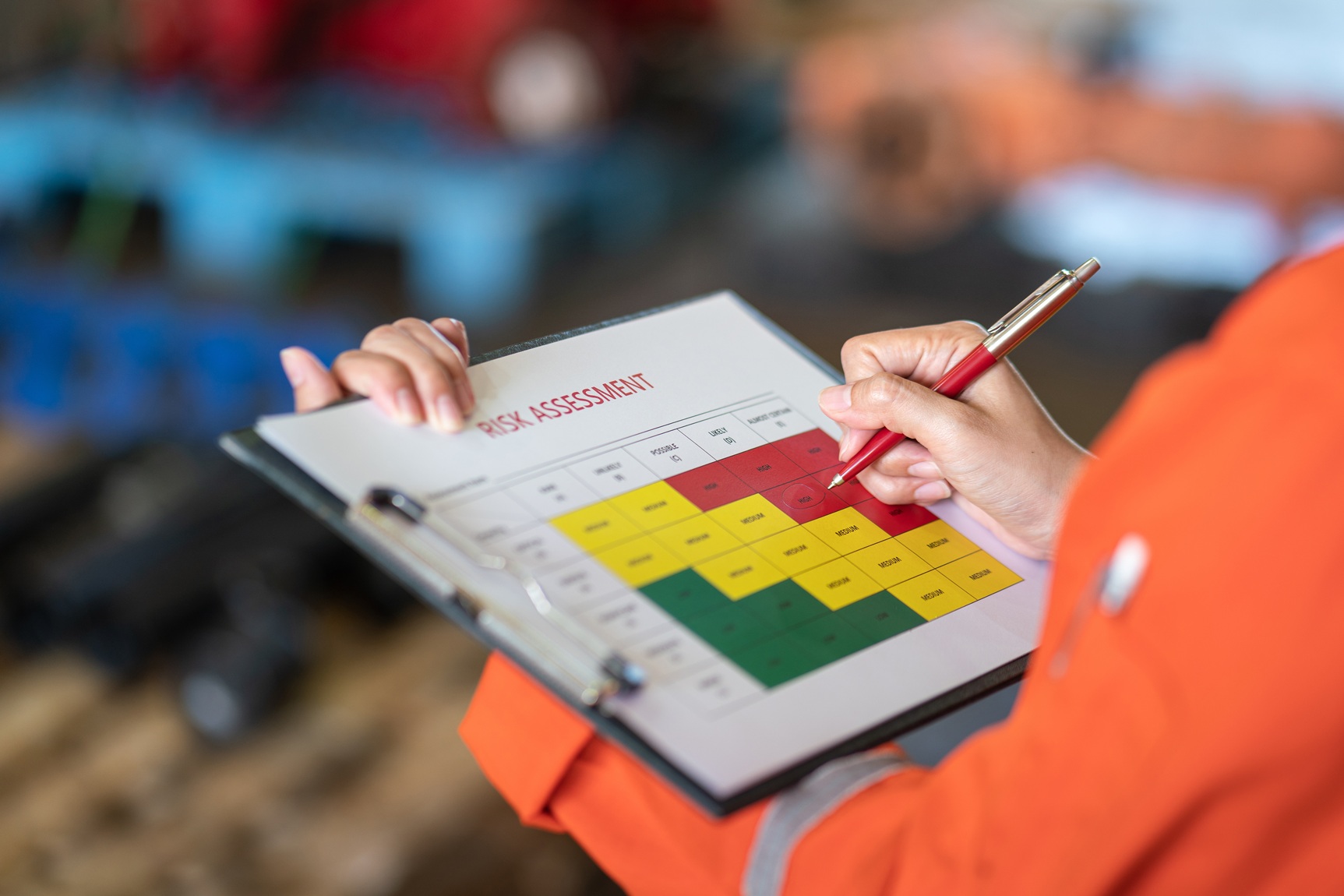5 Essential Things You Need to Know About Risk Assessments
Risk assessments are crucial for organizations aiming to identify and manage potential threats to their operations, assets, and personnel. Whether you’re in healthcare, finance, manufacturing, or any other sector, understanding the fundamentals of risk assessments can significantly enhance your risk management strategy. Here are five essential things you need to know.
1. Understanding Risk Assessment Basics
At its core, a risk assessment is a systematic process for evaluating potential risks that could negatively impact your organization. This involves identifying hazards, analyzing and evaluating the risks associated with those hazards, and implementing controls to mitigate or eliminate them. It’s important to recognize that risk assessments are not one-time tasks; they should be regularly updated to account for new risks and changing environments.
2. The Steps Involved in a Risk Assessment
A comprehensive risk assessment typically involves several key steps:
- Identification of Hazards: Determine what could cause harm in your organization, from physical hazards to cybersecurity threats.
- Risk Analysis: Assess the likelihood of these hazards occurring and their potential impact.
- Risk Evaluation: Prioritize the risks based on their potential effects and decide on the appropriate actions to manage them.
- Control Measures: Develop strategies to mitigate risks, which may include training, policy changes, or technological solutions.
- Monitoring and Review: Continuously monitor the effectiveness of the implemented measures and adjust as necessary.
3. Legal and Regulatory Compliance
Many industries are subject to strict regulations that require regular risk assessments. Understanding these legal obligations is crucial. Compliance not only helps avoid fines and legal issues but also demonstrates your commitment to maintaining a safe and secure environment for employees and customers. Familiarize yourself with relevant standards and regulations in your field, such as OSHA in the U.S. or GDPR for data protection.
4. The Role of Communication and Training
Effective risk management hinges on clear communication and training. It’s essential to ensure that all employees understand the risks they may encounter and the procedures in place to mitigate those risks. Regular training sessions and updates can help create a culture of safety and awareness. Involving employees in the risk assessment process can also provide valuable insights and foster a sense of ownership over safety protocols.
5. Utilizing Technology for Enhanced Risk Assessments
Advancements in technology have transformed the way organizations conduct risk assessments. Tools such as risk management software, data analytics, and machine learning can streamline the assessment process and provide deeper insights into potential risks. By leveraging these technologies, organizations can enhance their risk detection capabilities and improve the accuracy of their assessments.
Conclusion
Risk assessments are a vital part of any organization’s risk management framework. By understanding the basics, following a structured process, ensuring compliance, prioritizing communication, and utilizing technology, you can effectively identify and manage risks. This proactive approach not only protects your organization but also enhances its resilience in the face of uncertainties. Stay informed and prepared, and your organization will be better equipped to navigate the complexities of risk.
IMEC Technologies provides Safety Management Software to increase worker safety and aid compliance. IMEC’s Safety Management Software will manage inspections and audits, provides hazard identification, incident reporting, management of corrective and preventative actions from generation to closure. IMEC provides lock out tag out software solutions that will allow users to create lockout tagout procedures using an intuitive Mobile App and Manage Lockout Tagout Procedures, also the Review and Execution of those Lockout Tagout Procedures using the Mobile App. Annual Lockout Tagout Procedures audits are conducted using a Mobile App. The Mobile Inspection App allow users to perform inspections and audits, for example the system can be used as a Fire Extinguisher Barcode Inspection Software system to manage monthly fire extinguisher inspections and general fire safety inspections and also to record safety observations and manage corrective actions, anywhere and anytime. The solution can be used as a fire extinguisher barcode inspection software system or life safety inspection system to aid compliance in Higher Education, Healthcare, Industrial and Commercial Organizations. Benefits from a Fire Extinguisher Barcode System include the elimination of paperwork and reducing the burden of compliance with regulations such as NFPA, The Joint Commission. The Incident Reporting App allows users to easily and quickly report incidents, hazards and near-misses, these are then sent to the appropriate people for action and are managed to closure. Web Apps provide features such as, setup, management, scheduling tools, analysis, reporting and dashboards etc with the ability to report incidents to government bodies such as OSHA and RIDDOR. HazMat T&T is a hazardous waste management software solution designed for Environmental Service Companies and companies who generate a large quantity of hazardous waste. The solution tracks hazardous waste from cradle to grave aiding compliance, providing accurate waste inventory, increasing waste handling efficiency, reducing risk and also helps manage waste costs. HazMat T&T Hazardous Waste Management Software can be deployed in a number of deployment scenarios, from Large Hazardous Waste Generators, tracking their hazardous waste at their site to Environmental Service and Waste Management Companies using it track and manage hazardous waste at transfer and disposal sites. For more information visit our website www.imectechnologies.com

